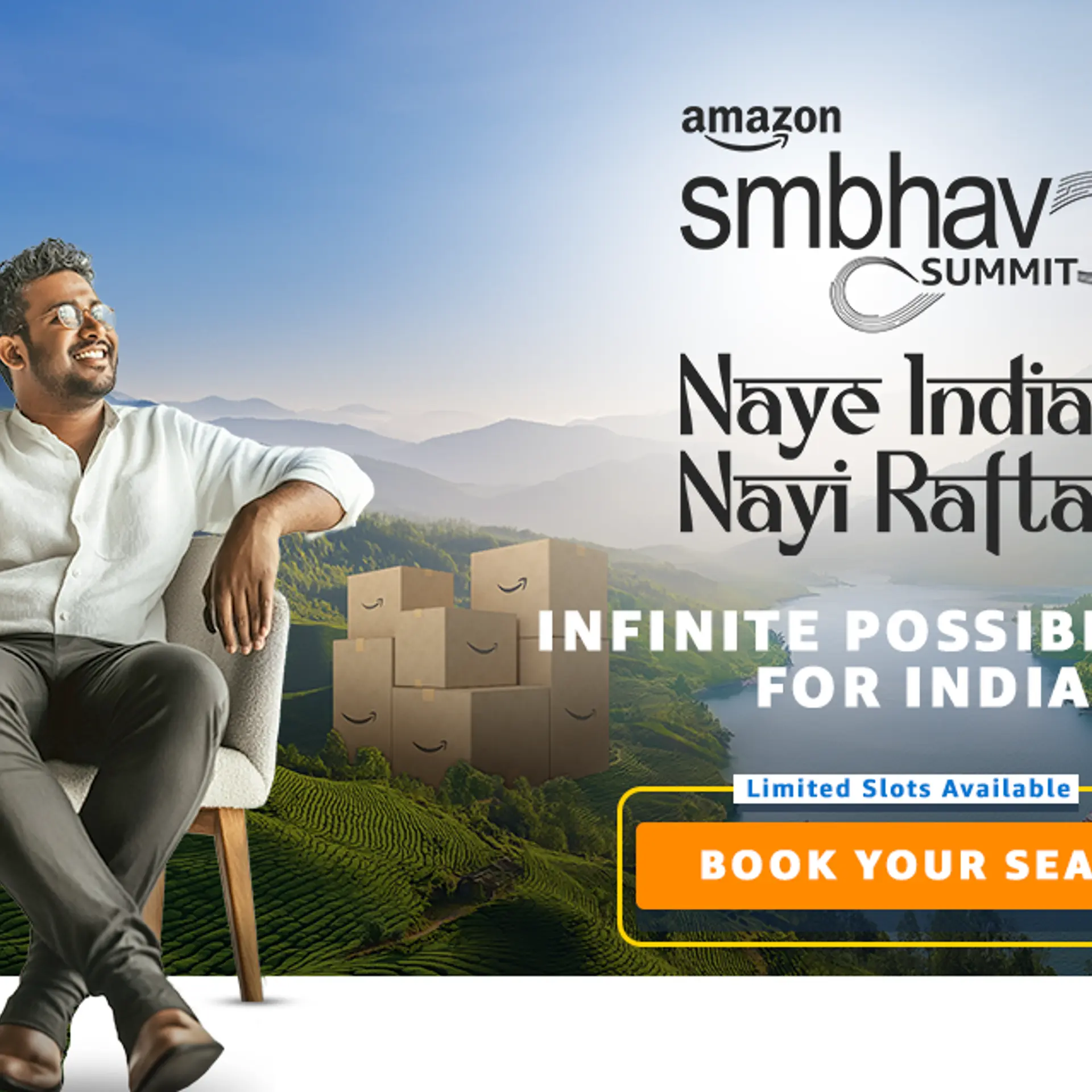Two women entrepreneurs create ripples by putting underprivileged artisans’ products online
Mumbai-based Ripple Effect is an e-commerce marketplace for products made by underprivileged artisans, NGOs, and other social enterprises.
Rashi Mehta and Manizaay Kaikobad, professionals and friends since their college days, were always happy to find amazing and unique products made by different NGOs. But it bothered them that these products weren’t easily available in the market despite their great quality.
This concern coupled with their desire to do something meaningful led them to think of creating an online platform with the aim of giving the NGOs and their products the much-needed reach and visibility. They ended up launching Ripple Effect, an e-commerce platform that sells products for a cause.
The platform sells a range of products from enterprises with a cause, underprivileged artisans, and NGOs. These products could be vegan, organic, upcycled or recycled, and supporting causes such as women’s empowerment, education, fair trade, etc. Broadly, they sell product across categories such as home and lifestyle, men’s and women’s fashion, bath and body, accessories, food and baby care. The team has tied up with different delivery partners for logistics.
The team currently has 50 brands selling their products on its platform, which has both an online and offline model. Ripple Effect works on a commission-based model.
“We intend to change the mindset of people and their buying behaviour to revolutionise the way each person shops online,” says Manizaay.

How the idea took shape
While Rashi was working in branding and digital marketing, Manizaay had a background in events. Though they were happy in their respective jobs, the duo always desired to do something of their own.
When the duo first thought of creating an online platform for NGOs and their products they felt there was merit in the idea and began to dig deeper. “We conducted primary as well as secondary research to analyse if such a gap actually existed and what is the actual scope of such an idea,” explains Manizaay.
They found that the target group suffered from limitations of insufficient reach, and at the same time there was a lack of visibility and knowledge related to the cause. Manizaay adds that they found that there were several people struggling and many others working to support several causes. But neither was able to reach out to the right target group or audience.
“Both Rashi and I have a background where we have worked with NGOs, have parents who are actively involved in social service by being members of Lions Club. Hence, we have been familiar with the kind of work being done at their end and the immense scope of service it involves,” says Manizaay.
Convinced with their research, they decided to build on the idea of creating a one-stop-shop that helps sell products made by NGOs, underprivileged artisans and social enterprises supporting a cause.
Also read: Niche online marketplaces say they will thrive even when the Flipkarts and Snapdeals struggle
Working around the roadblocks
Being in a noisy and crowded market, one of the biggest challenges the team faced was to onboard the vendors and explain how they stood out from the rest.
Also, since the duo didn’t have a technical background, developing a website was a major challenge. They hired a competent digital agency to shape and mould their ideas with their technical expertise.
“Initially, coordination with our core three agencies (the website development team, the delivery partners, and the payment gateway team) was a task in itself but, with time the smooth functioning of all the three agencies made Ripple Effect a fantastic marketplace website,” says Manizaay.
Also, to get a better and deeper understanding of e-commerce, the duo attended e-commerce expos/talks and took help from industry specialists and mentors to help them shape their business model.
Ripple Effect works on a commission based online and offline model. Through the online model, customers can purchase different products on their website, the payment of the same is made via their payment gateway, and their delivery partners pick the products up from the vendors’ warehouse and delivered to the customer.
Also read: How a 29-year-old Kashmiri woman is using a quirky brand to promote Koshur culture
World of niche e-commerce
The offline model is generally meant for bulk orders and exhibitions. Today, niche e-commerce marketplaces are quickly picking up. Most have unique propositions and look at quirky products. Also, the ones focused on social enterprises are growing fast. Some of these include Okhai, Cottonfab and Koshur Wear.
There are others like Lovethisstuff and Engrave that are quickly gathering attention. A study by Assocham and TechSci Research shows that the likes of Etsy, a US-based online platform for handcrafted products, have a market cap of $500 million. Also, while most of the larger e-commerce marketplaces are pushing towards GMV (gross merchandise value), the niche e-commerce players are focused on slow but sustainable growth.
In terms of future plans, Ripple Effect aims to start their own exquisite line of products that are made by underprivileged artisans or NGOs. The team is also working on developing their mobile app, and expand into to the international market.
“We also are aiming to get international labels on board that support any one of our causes,” signs off Manizaay.







